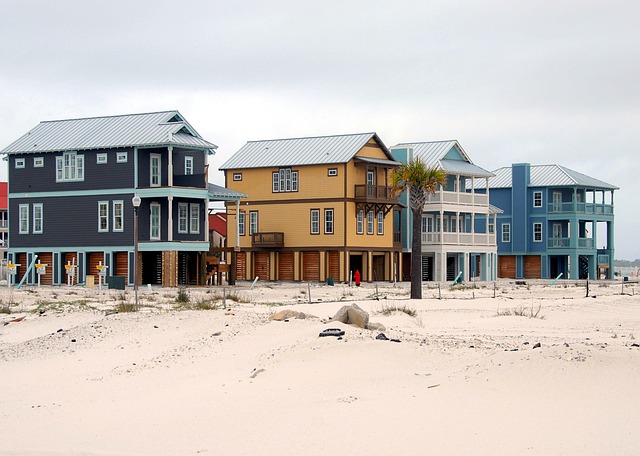
Short-term rentals can be highly profitable—but at what cost to your property? With the rise of platforms like Airbnb and Vrbo, more homeowners are turning to short-term leasing to generate income. However, increased guest turnover leads to increased wear and tear, making regular property inspections not just advisable, but essential.
Increased Turnover, Increased Use
Unlike traditional long-term rentals where tenants settle in for months or years, short-term holiday rentals welcome a new set of guests every few days or weeks. This constant flow means:
- High-touch areas like doorknobs, switches, and locks wear out faster
- Furniture and appliances experience more frequent use
- Floors, walls, and fixtures endure more bumps and scuffs
While each individual guest may not cause damage, the cumulative effect of constant occupancy takes a toll much faster than in standard living situations.
Guest Habits Affect Longevity
Short-term guests use properties differently. They’re not familiar with the home’s quirks, and they’re less likely to treat the space with long-term care in mind. For example:
- Misuse of kitchen appliances or HVAC systems
- Unintentional water damage in bathrooms
- Excessive wear on outdoor areas like patios, grills, or pools
Over time, these patterns can lead to early breakdowns, safety concerns, and higher repair costs.
Why Routine Inspections Are Critical
Traditional inspection schedules—usually once or twice a year—are often insufficient for holiday rentals. Instead, consider a more proactive approach:
- Post-stay walk-throughs: Identify any guest-related damage early
- Monthly maintenance checks: Ensure systems and fixtures stay in good working order
- Seasonal safety assessments: Prepare the property for weather changes and high-traffic periods
Regular inspections not only catch problems early but also prevent them from becoming costly future repairs.
Maintaining Safety and Standards
Short-term rental platforms require property owners to meet strict cleanliness and safety guidelines. Regular inspections help:
- Verify smoke and carbon monoxide detectors are functional
- Ensure stair railings, decks, and outdoor lighting are secure
- Confirm emergency equipment like fire extinguishers is in place and up to date
A safe, well-maintained home improves guest satisfaction—and helps avoid liability issues.
Conclusion
Short-term holiday rentals bring financial rewards but also demand a more hands-on maintenance approach. Increased wear and tear is inevitable with frequent guest turnover, but with a tailored inspection schedule, property owners can protect their investment and continue offering a high-quality rental experience.
Routine inspections aren’t just good practice—they’re essential for the health and longevity of your property.

Recent Comments